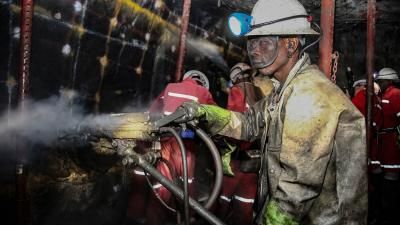
Nearly half of workplace harm goes unreported, safety charity reveals
Data shows that almost two thirds of the global workforce have never received occupational safety and health (OSH) training about risks associated with their work.
This page is approximately a 3 minute read
This page was published on

Our Engineering Safer Workplaces report – developed in consultation with key stakeholders including the ILO – is the third World Risk Poll report to be published in 2024, based on data collected in 2023. The report sheds light on the extent of workplace harm, reporting, and relevant safety training taking place globally, disaggregated by country, industrial sector, and a range of demographic factors.
The data allows us to examine if and where workplace health and safety training is playing an effective role in increasing reporting and preventing injuries and deaths, and provides a valuable new resource to help policymakers, businesses and international bodies improve and target interventions to reduce workplace harm.
The report sheds light on the extent of workplace harm, reporting, and relevant safety training taking place globally, disaggregated by country, industrial sector, and a range of demographic factors. (PDF, 6.16MB)
If you wish to use and reference the Engineering Safer Workplaces: Global trends in occupational safety and health report in your own work, please include the following DOI: https://doi.org/10.60743/x8md-v972
Example Citation in IEEE Style:
Lloyd's Register Foundation, “World Risk Poll 2024 Report: Engineering Safer Workplaces Global Trends in Occupational Safety and Health,” Lloyd's Register Foundation, 2024. doi: 10.60743/X8MD-V972.
Explore the full dataset that underlies this report, including specific data for every country included in the World Risk Poll.
Discover country-level insights
